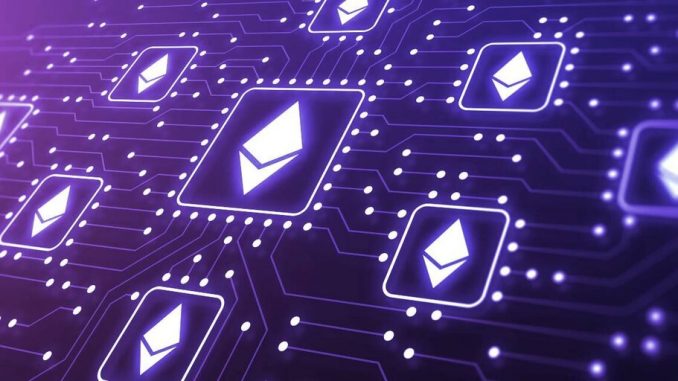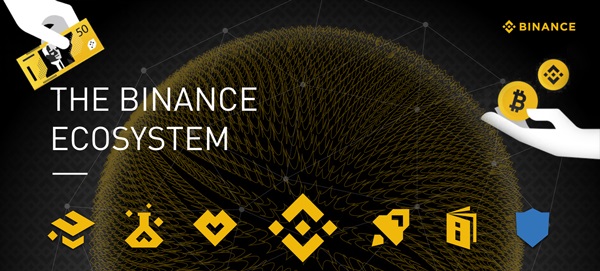
It’s another day, another upgrade for Ethereum as the world’s largest smart contracts platform has just rolled out a new major update.
Called “Gray Glacier,” the upgrade occurred at block 15,050,000 on June 30 with the sole goal of introducing changes to the parameters of the network’s difficulty bomb, pushing it back by 700,000 blocks, or roughly 100 days.
The Gray Glacier upgrade is the network’s hard fork, which means it is creating new rules to improve the system and requires the node operators and miners to download the latest version of their Ethereum clients.
“If you are using an Ethereum client that is not updated to the latest version, […] your client will sync to the pre-fork blockchain once the upgrade occurs,” the Ethereum Foundation said in a blog post earlier this month.
In other words, the non-upgraded clients are stuck on an incompatible chain following the old rules, meaning that operators won’t be able to send transactions or operate on the post-upgrade Ethereum network.
What’s more, not all node operators and miners followed the recommendation though, as data from Ethernodes shows that only 65% of clients were fully prepared for the Gray Glacier upgrade.
Erigon, the network’s second-largest client, was the only one to have all of its 164 clients upgraded.
Geth, the network’s most popular client, was only 67% ready, with as many as 448 clients running the outdated software. Nethermind and Besu had 76% and 78% of its clients updated, respectively.
What is Ethereum’s difficulty bomb?
The difficulty bomb, which has been a part of Ethereum since day one, is a piece of code responsible for exponentially increasing the difficulty of mining Ethereum (ETH), the network’s native cryptocurrency, and thus disincentivizing miners to continue their operations as the network transitions from its current proof-of-work (PoW) algorithm to proof-of-stake (PoS) consensus model.
In other words, detonating the difficulty bomb would mean that the actual transition—otherwise known as The Merge—could be just around the corner.
An implementation of The Merge has already gone live on Ethereum’s Ropsten testnet at the beginning of June, with Vitalik Buterin and other developers previously saying that ”if everything goes to plan,” the transition could happen as early as August this year.
Pushing back the difficulty bomb for another 100 days, however, makes it unlikely that the schedule will be met, with the updated EIP-5133 proposal now pointing to mid-September as a new time frame for the implementation of the mechanism.
Previously, the difficulty bomb mechanism has been pushed back in five different network upgrades: Byzantium, Constantinople, Muir Glacier, London, and the most recent Arrow Glacier upgrade in December 2021.
Want to be a crypto expert? Get the best of Decrypt straight to your inbox.
Get the biggest crypto news stories + weekly roundups and more!






Be the first to comment